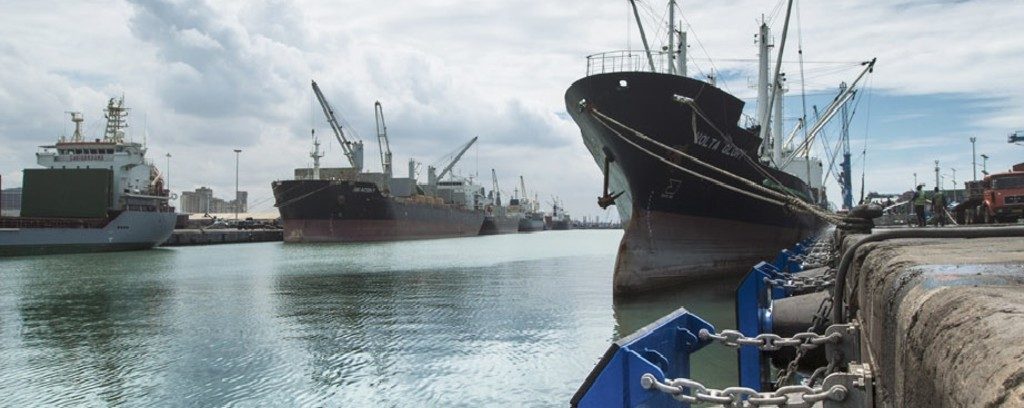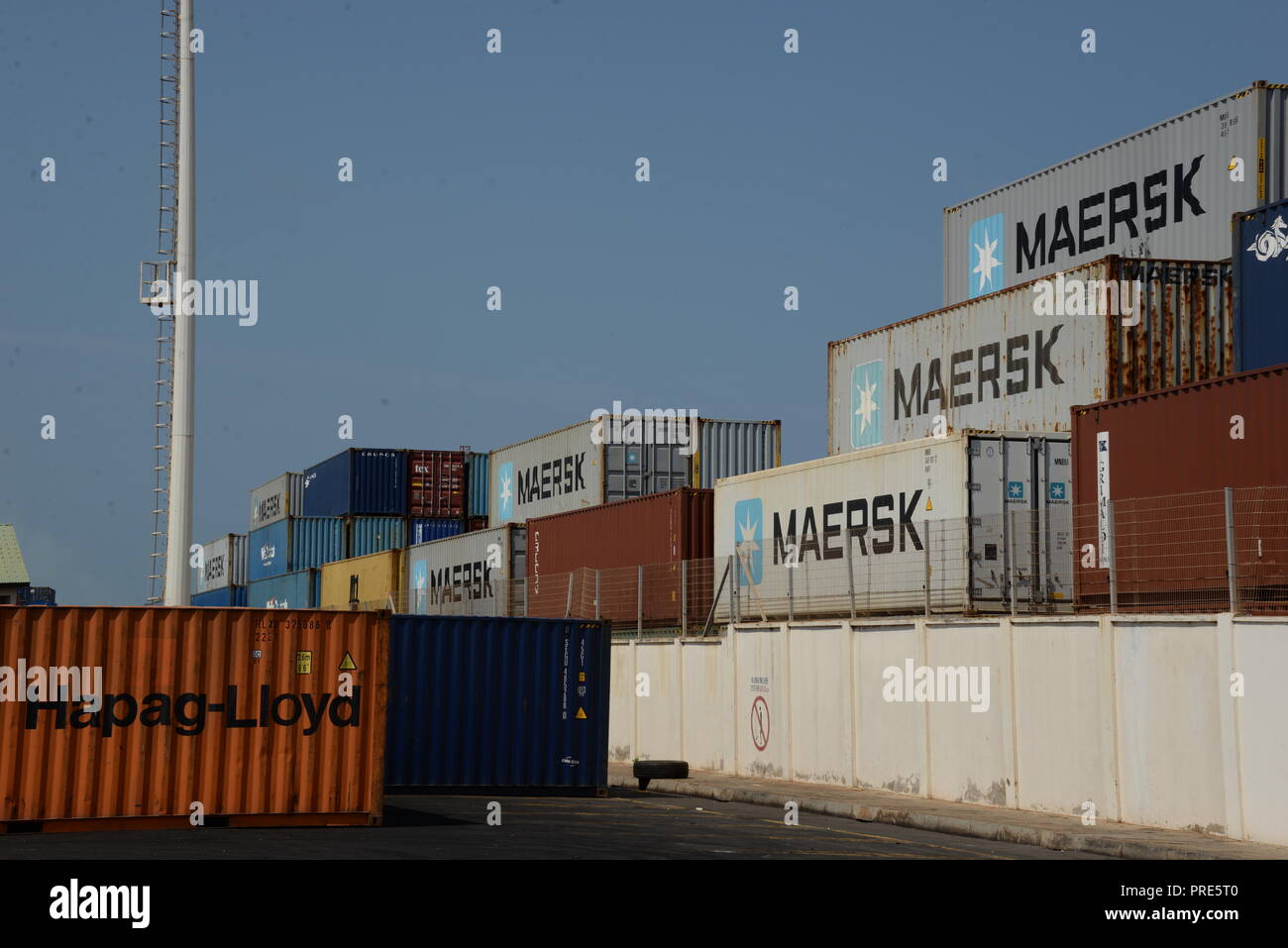

All these countries have modernised their port management systems, leaving Nigeria far behind,” said Akinwumi Adesina, president, African Development Bank (AfDB).Īdesina, who spoke at the mid-term ministerial performance review retreat in Abuja recently, said Nigeria should not be decongesting the ports, rather should be transforming the ports. “The leading ports for West Africa are in Cote d’Ivoire, Ghana, Togo, and the Benin Republic. However, this is expected to change by 2022, when the much-awaited Lekki Deep Seaport with 16 meters depth comes into life. Whereas, Nigeria’s Apapa Port in Lagos, which handled 1 million TEUs in 2017, lost 30 percent of its container traffic over five years due to chronic congestion and the poor quality of its services. With a depth of 16.60 meters, the Port of Lomé became the first deep-water port on the West African coast that can accommodate third-generation ships. The facility was responsible for the Lomé port achieving the status of West Africa’s biggest port and for helping the country enter the African top five of the United Nations Conference on Trade and Development (UNCTAD) ranking in terms of port connectivity. By 2017, LCT was able to process 75 percent of all the cargo going through the port of Lomé, to the tune of 890,000 TEU per year.

The new status of Lome Port was triggered by the construction of the new Lomé Container Terminal (LCT) worth €225 million by China Merchants Port Holdings (CMPort) and Global Terminal Limited (GTL).

Read Also: E-customs critical to growth of Nigeria’s port industry “Thanks to modernisation and reforms that helped to triple the capacity of the Port of Lomé from 311,500 containers in 2013 to 1.1 million in 2017,” the report states. This is definitely a wake up call to the management to sit up and ensure that the safety of workers at the port is their topmost priority.According to a West Africa Brief report, the autonomous Port of Lomé in 2017 overtook Lagos to become West Africa’s leading port with a capacity of 1.1 million twenty equivalent units of containers (TEUs). The protest by the workers is in good order and should be encouraged without any obstruction from the police. There is the need for resilient proactive systems to prevent such incidents from occurring and also the need for adequate emergency response system to mitigate the consequence of these incidents. The management of the port could be charged for corporate manslaughter for failing to learn from their past incidents, especially these unacceptable deaths. This is the second fatal accident Tema Port has recorded this year, recalling a previous fatal accident involving metal beams One person had his eye shot and the other, the back”, the eyewitness stated.įrom the safety standpoint, the workers protest is the direct result of poor incident management, after management failing to activate an adequate emergency response to try to save a life and to call for a safety stand-down to address the workers to show that they at least care. They were shooting directly at the crowd. “Management called for police, and when they came, they shot into the crowd. The workers are angry because the ambulance didn’t show up,” he said. “We’ve talked about this issue (about ambulance) but all fell on deaf ears. “That section is a thin line between life and death, and there must be an ambulance parked 24/7 so that when an incidents like this happen, the ambulance can convey the person.

These were the statements of some of the workers interviewed: According to them, management of the port had failed to provide a standby ambulance for immediate response to accidents that might occur at the yard due to the high risk involved in the work there. The workers were agitated by the lack of response to several calls for an ambulance. Although no further casualty was recorded, some of the protesters sustained injuries from the rubber bullets. The incident got some workers of the Tema Port on Friday evening protesting the death of their colleague, resulting in the police personnel firing rubber bullets to disperse the angry crowd. On Friday, 24 September, 2021, a worker fell from height while working on a container, landed on his head and died instantly, according to reports.


 0 kommentar(er)
0 kommentar(er)
